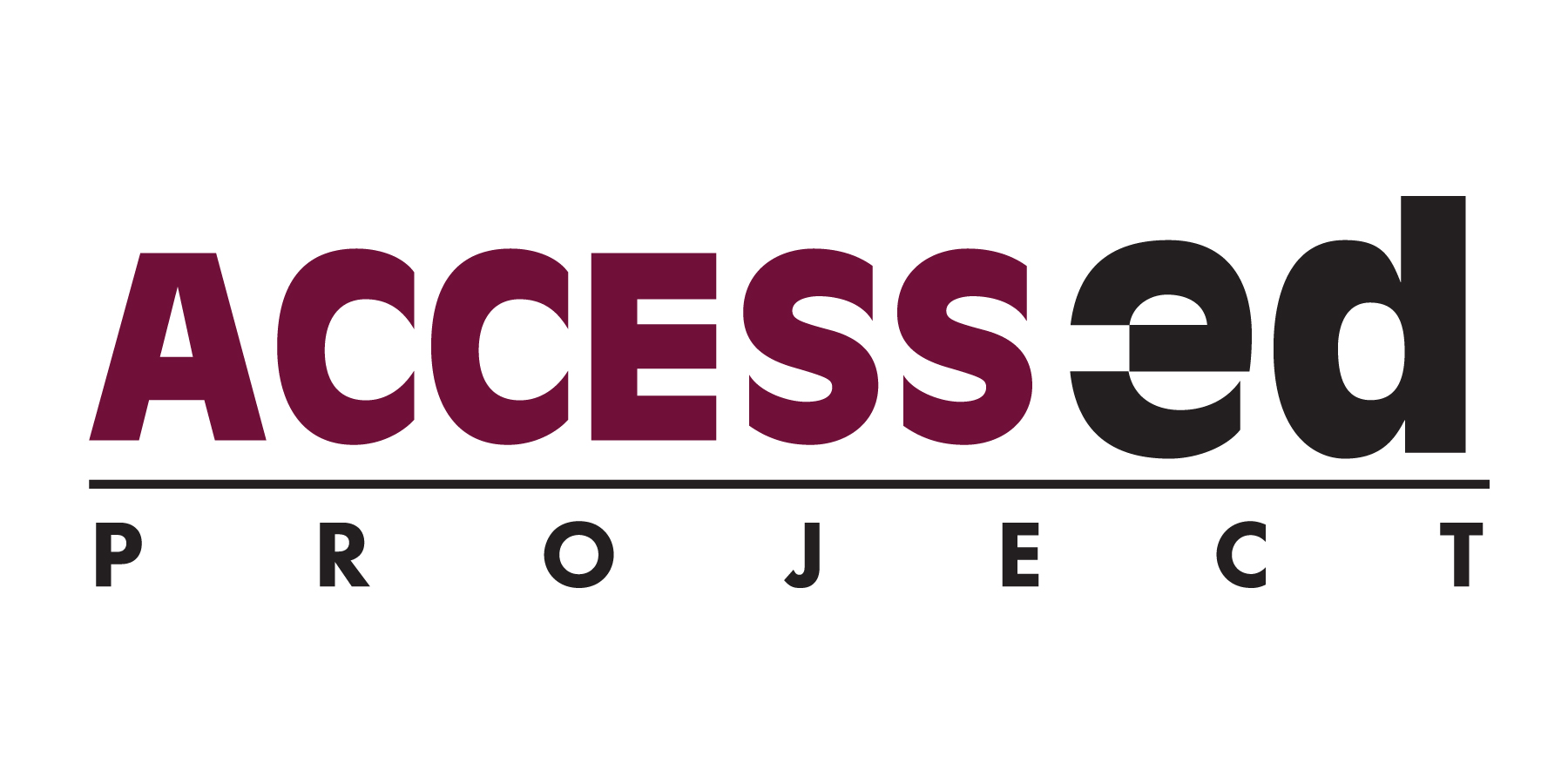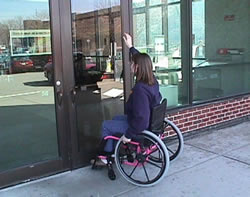History of Project and R2D2 Center Involvement

The concept for the ACCESS-ed Project evolved over several years from the University of Wisconsin System’s Conceptual White Paper on Universal Design in Education (Archived PDF Copy) created by a team within the UW-System President’s Advisory Committee on Disabilities. Additionally, a number of other constituents were consulted, including the UW-System Provosts, the UW Faculty Representatives and the UW-System Directors of Disability Services office. Furthermore, on the UW-Milwaukee campus, the project was discussed with the Center for Instructional and Professional Development and the Chancellor’s ADA Advisory Committee. The hope is that all UW institutions will; 1) develop policies and procedures that support universal design, 2) plan on all levels to consider universal design principles, and 3) identify and support architectural, informational, and curricular experts on each campus to serve as resources in these areas. This proactive approach toward greater inclusiveness of students with disabilities also benefits students of all ages, cultures, and abilities.
With the growing number of students with disabilities in post-secondary education, particularly hidden disabilities, the universal design approach offers a cost effective and shared campus alternative to the current system of Individualized Accommodations, a one-to-one, student-staff delivery model. With a first order approach of Universal Design in the instructional environment, the physical environment, and the information environment, all campus departments join in the effort to reach and retain all learners.
Mission of the Project

Project Activities Summary
This demonstration project has developed a system for change called the Departmental Accessibility Resource Coordinators (DARCs) Network which emphasizes a bottom up, as well as a top down approach to infusing universal design information, resources, products, and strategies. DARCS, who are situated in every campus department, serve as role models in promoting greater inclusiveness for all students. DARCs receive training through workshops and on-line modules developed by project personnel and act as a conduit for delivering a wide variety of resources created for easy access in the ACCESS-ed Website. Products include protocols for accessibility on a variety of campus features, audits to evaluate the accessibility of campuses, posters and posterettes, tips sheets, PowerPoint presentations, video clips, bibliographies, annotated links to other existing Universal design websites and more. Evaluation and assessment activities target data collection from a variety of sources, measuring student success with implementation of universal design strategies. Partnerships with several other campuses allow a wider base to develop resources, pilot the DARC system, and collect data to measure successes.
Challenges and What We Learned
There are many websites devoted to Universal Design, with a growing number related to higher education applications, but few offer real strategies for disseminating information where it is needed most. There is also a lack of empirical data regarding the success of universal design approaches in promoting greater success and retention of students with disabilities. These individuals include those receiving one-on-one disability services and those who have disabilities and who do not receive services. One of the challenges that ACCESS-ed has had to overcome is the lack available population statistics on how many students with disabilities attend a university campus. It is easy to measure the number of students who use Disability Student Services, but there are many who do not seek accommodations or self-disclose. While there may be several reasons for this, one reason is that many disabilities are “hidden” from the campus community due to stigma. ACCESS-ed is developing surveys and strategies to measure the number of students with disabilities on campuses who would benefit from universal design as a first order approach to meeting their needs.
Past Project Team
- Aura Hirschman, M.S., C.R.C.
- Roger O. Smith, Ph.D., OT, FAOTA
- Dave Edyburn, Ph.D.
- Tereza Snyder, B.F.A.
- Keith Edyburn
- Amy Erfurth, B.S.
- Kathy Rust, M.S., OT
- Randy Will, B.S., BME
- Stephanie Siegler, M.S., OTR
- Kristi Maggard, B.S., OTS
- Jungeun Kim, B.S., OTS
- Margaret Kastner, B.S., OTS